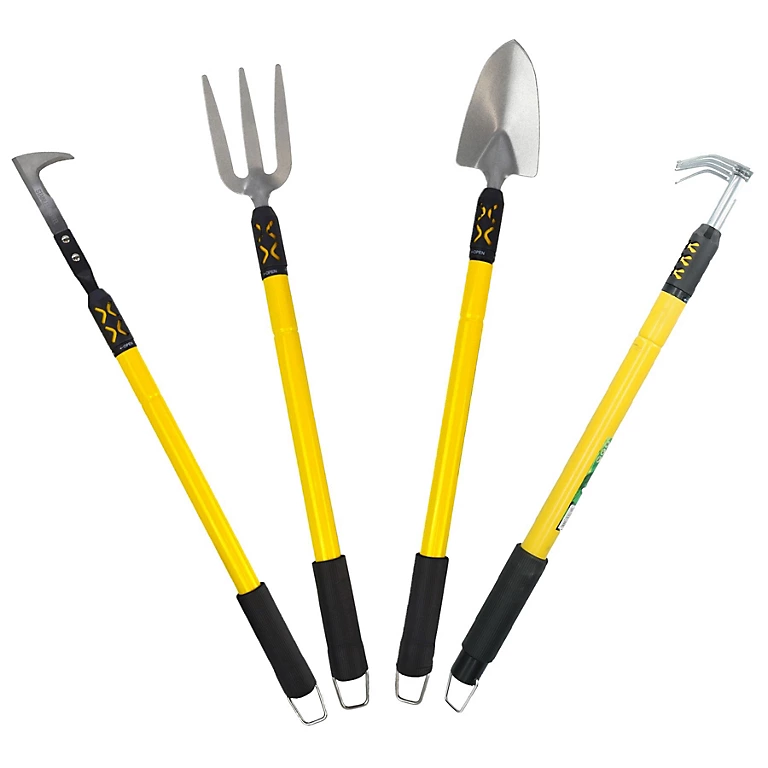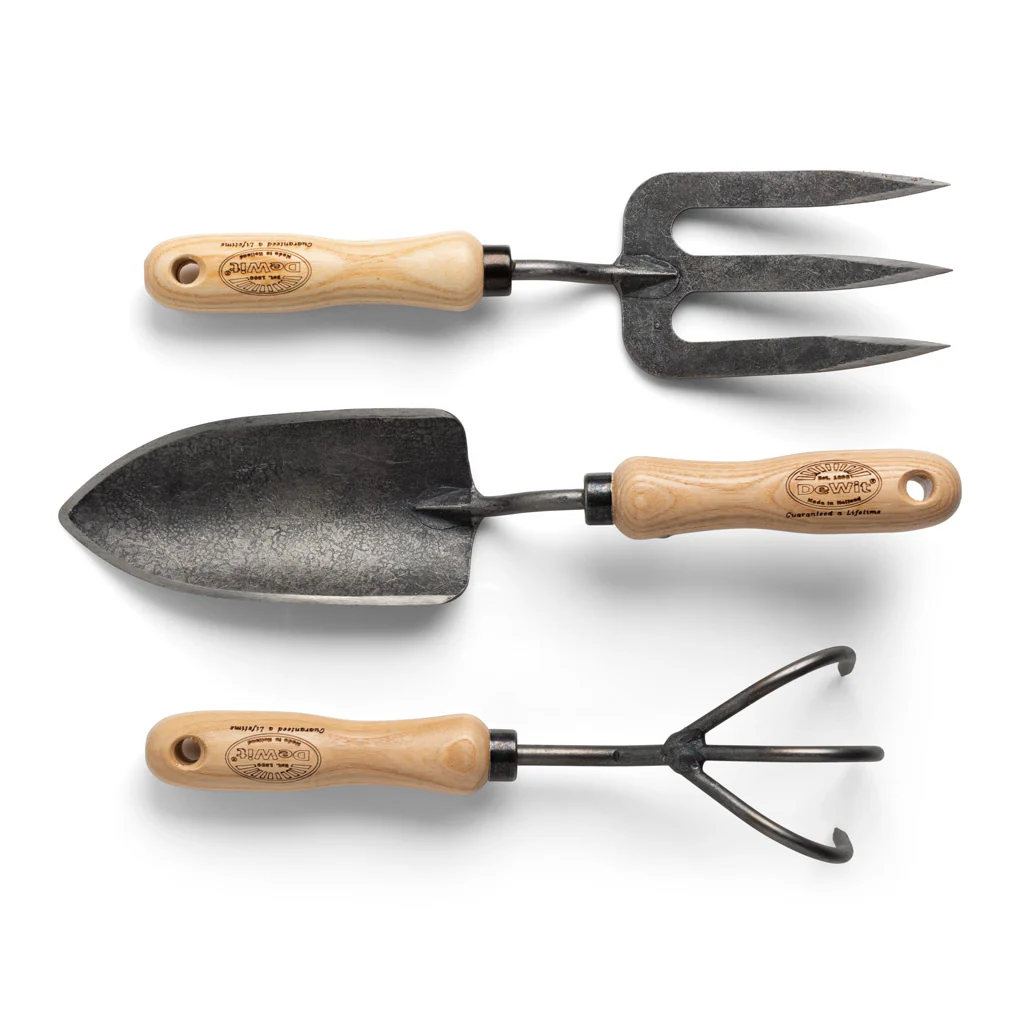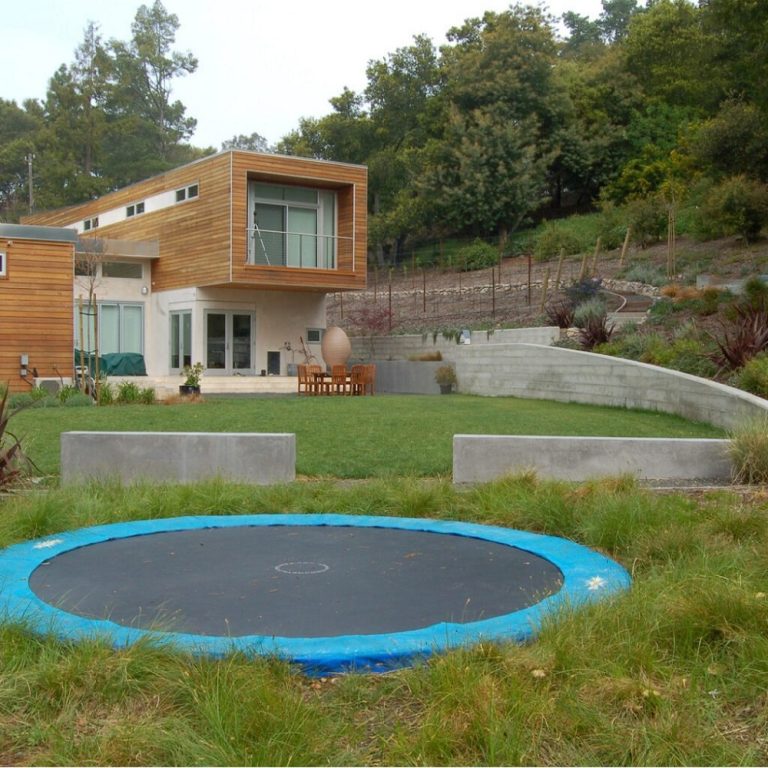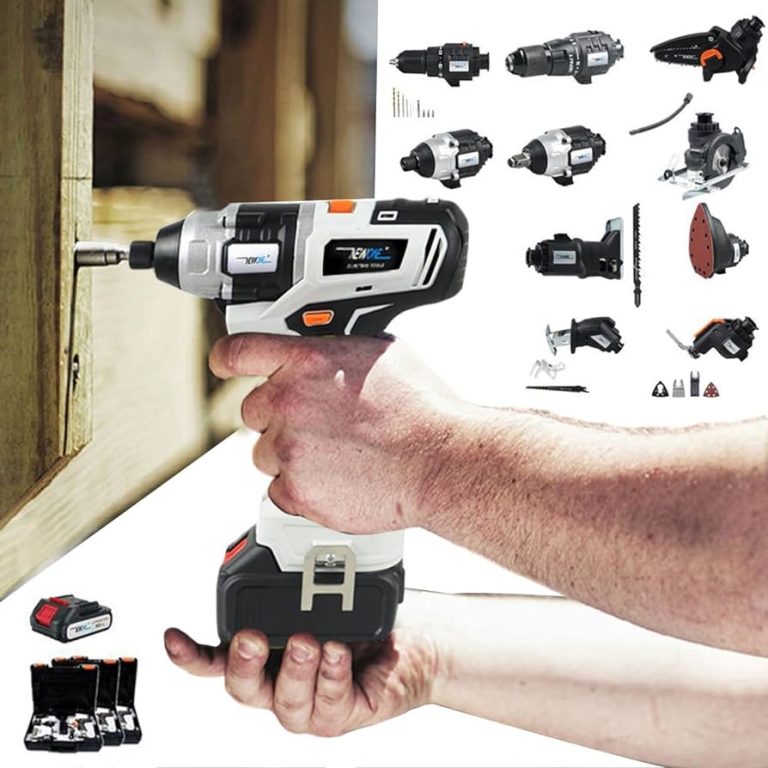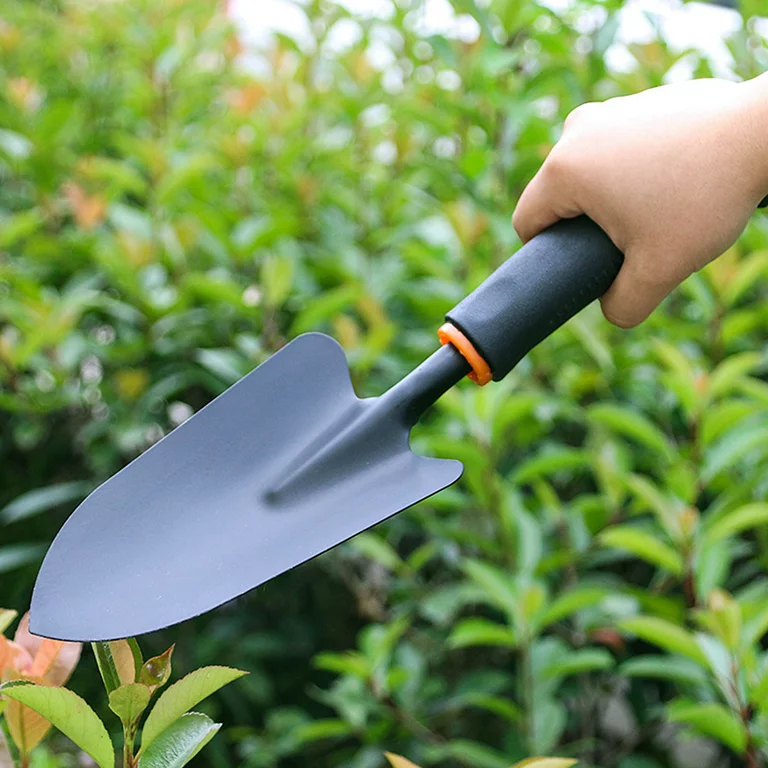
Spade Garden Tool
The Spade: The Iconic Garden Tool You Can’t Live Without
The spade reigns supreme as the quintessential gardening implement. This timeless tool symbolizes humanity’s ancient connection to cultivating the soil and growing plants. From expansive farms to petite urban plots, spades remain a trusted ally for any grower.Maximize your gardening with an efficient spade garden tool, perfect for digging, planting, and soil turning.
The spade design seems almost immutable – a sturdy blade paired with a stout handle shaft. Yet within this simple formula, countless variations optimize spades for specialized tasks. Flat blades, sharpened edges, treads – subtle tweaks maximize productivity.
Despite remaining low-tech and affordable, a well-made spade provides unmatched versatility. This hardworking tool serves as the shovel, the hoe, the trowel, the pitchfork, even the pruner when needed. Every gardener masters the spade’s seemingly infinite applications.
Breaking New Ground with Spades
No tool approaches the raw digging power of a strong spade to establish new garden plots or planting beds from scratch. Spades bite through tough sod, clay, and virgin topsoils with every forceful stab.
Inserting the spade at angles lets gardeners pry out deeply-rooted vegetation and stubborn surface obstructions. Sharpened edges slice cleanly through gnarled root systems while preserving topsoil structure.
Spades also provide superior leverage for turning over and loosening dense, compacted earth more effectively than any shovel. The extra force concentrates into a smaller surface area and prevents roots from slipping through tines.
For growers converting lawns or clearing land, a quality spade remains the go-to groundbreaking tool. It provides the indispensable first step toward creating fertile planting grounds from raw terrain.
Planting with Precision and Spades
With their sharp, flat blades and sturdy construction, spades enable precision planting techniques difficult to replicate with other tools. Knowledgeable gardeners wield spades for everything from digging holes to transplanting seedlings.
Burying seeds or starter plants in evenly-spaced furrows starts with creating clean uniform trenches. Spade edges inscribe crisp lines in soil with satisfying consistency impossible using curved shovels alone.
Extracting transplants from starter trays or dividing established beds occurs flawlessly with a well-aimed spade. The blades easily undercut root structures to pop plants out whole with minimal disturbance.
Even mixing amendments like manure or compost becomes simpler with a spade. The broad blades incorporate additive materials into soils more thoroughly than any cultivator or hoe.
Spades Optimize Drainage and Root Zones
Proper drainage remains critical in any garden to avoid oversaturating and suffocating plant root systems. Strategically deployed spades channel water flows and shape optimal underground environments.
For raised beds or bordering pathways, spades effortlessly carve gullies and trenches to carry away excess runoff. Their crisp edges score clear routes that prevent erosion and washout issues.
Improving aeration and drainage in compacted planting areas involves plunging spades vertically at angles. This creates subterranean air channels that allow water to slowly percolate away from sensitive root zones.
When preparing root crops like potatoes or sweet potatoes, gardeners employ spades to build up soft earthen mounds and raised rows. These loose, well-drained soil environments promote lush vegetative growth and robust harvests.
Spades Command Weeds and Garden Edges
From establishing new garden plots to maintaining planting beds season after season, managing weeds becomes an eternal battle for growers. Here again, the trusty spade proves its versatility in multiple ways.
Slicing through weed stems at ground level with spade blades completely severs root systems for easy removal. The sharp edges inflict surgical pruning compared to half-measures from dull hoe blades.
Spades also ably prepare clean slate surfaces for smothering sprouting weeds with ground cover materials like cardboard or landscape fabric. Their straight edges establish tidy boundaries and crisp planting zones.
Those same edges redefine planting bed perimeters and borders by slicing through overgrowth to reestablish crisp boundaries. Clean lines stand out while keeping growth habits contained and neat.
Hardscaping Gardens with Spades
Beyond cultivation labors, spades offer unmatched strength for hardscaping installation and landscape modifications too. Access to a quality spade empowers everything from planting trees and shrubs to remodeling yards.
Holes augered through tough-packed earth by spades provide secure anchors for installing posts, stakes, trellises – anything needing stability. The spade’s heft and concentrated force far outperform any auger.
Excavating for ponds or irrigation channels proves easier with spade assistance. Growers reinforce walls with precise spade cuts and quickly clear out soil displaced by digging shovels.
Spades even assist with minor demolition and debris clearing. Their stiff blades pry up pavers, stones, or bricks effortlessly. They double as the perfect tool for chipping away old concrete or mortar too.

Choosing the Right Spade for the Job
Though spades follow fairly standardized blueprints, certain variations better serve specific gardening demands versus one-size-fits-all approaches. Knowledgeable growers select the optimized spade for each task.
Planting spades provide narrower shovels and longer shafts for precision seed and transplant work. Shorter handled digging spades maximize leverage for breaking new ground or excavations.
Tree spades feature ultra-narrow yet thick blades to penetrate rocky soils and cut through dense root balls. Edging spades sport flat, squared edges designed for clearly defining bed boundaries.
Specialty spade designs address unique gardening challenges too. Drain spades include hollow concave shafts to channel removed soil. Sharpshooter spades optimize sod cutting with semi-cylindrical blades.
Budget, materials, and performance requirements also dictate the right spade selection. Premium spades utilize stainless steel, fiberglass, and premium wood components for maximum durability.
Mastering the Art of the Gardener’s Spade
While simple in essence, wielding a spade with maximum skill requires practice to develop proper technique. Seasoned growers effortlessly move soils in efficient, ergonomic motions with minimal wasted effort.
Positioning one’s body aptly greatly increases spade power while preventing strain. Stances should keep feet firmly apart and knees bent deeply to engage core muscles during thrusts. Upright postures minimize unnecessary back fatigue.
Timing spade insertions when soil textures feel most workable proves imperative too. Stabbing into bone-dry earth or gloppy mud results in intense frustration versus light, friable conditions that allow smooth plunges.
Experts know how to torque blades to lever out heavy materials and obstacles. Gently working spades back and forth while gradually increasing depth avoids getting stuck. Clearing increments aside creates clean trenches or holes.
Maintaining control over tool weight and force direction also prevents errant spade incidents that could injure people, plants, or underground utilities. Thoughtful awareness underscores proper technique.

Spades Throughout History and Cultures
Humble spades share surprisingly storied origins as one of humankind’s original agricultural implements. Antiquated spade precursors date back over 3000 years throughout prominent ancient civilizations around the globe.
Simple spades empowered the first garden growers who domesticated wild crops and pioneered irrigation methods. Their labors laying foundations for civilizations became inextricably tied to the spade’s design itself.
Many societies imparted spiritual and symbolic significance to the spade due to its intimate ties to planting, fertility, and sustenance. Certain cultures’ artworks even depict spades as ceremonial objects or religious icons.
As agriculture rapidly evolved over recent centuries, so too did the proliferation of specialized spades tailored to different tasks. Regional soil compositions and favored cultivation techniques popularized distinctive spade styles worldwide.
The Timeless Future of Garden Spades
Despite technological breakthroughs producing all manner of mechanized cultivation equipment, the spade persists as a gardening essential. Gardening remains an intrinsically human, personal endeavor not easily automated or replicated.
While tilling machines, tillers, and even robots can easily outpace human muscle power in open spaces, spades provide precision and accessibility for smaller gardens. Tools extend green thumbs’ finesse across even compact planting areas.
Amidst a renewed cultural shift prioritizing sustainability and food security, home gardening thrives in popularity. Spades represent crucial implements to exercise self-sufficiency and independence from industrial agriculture.
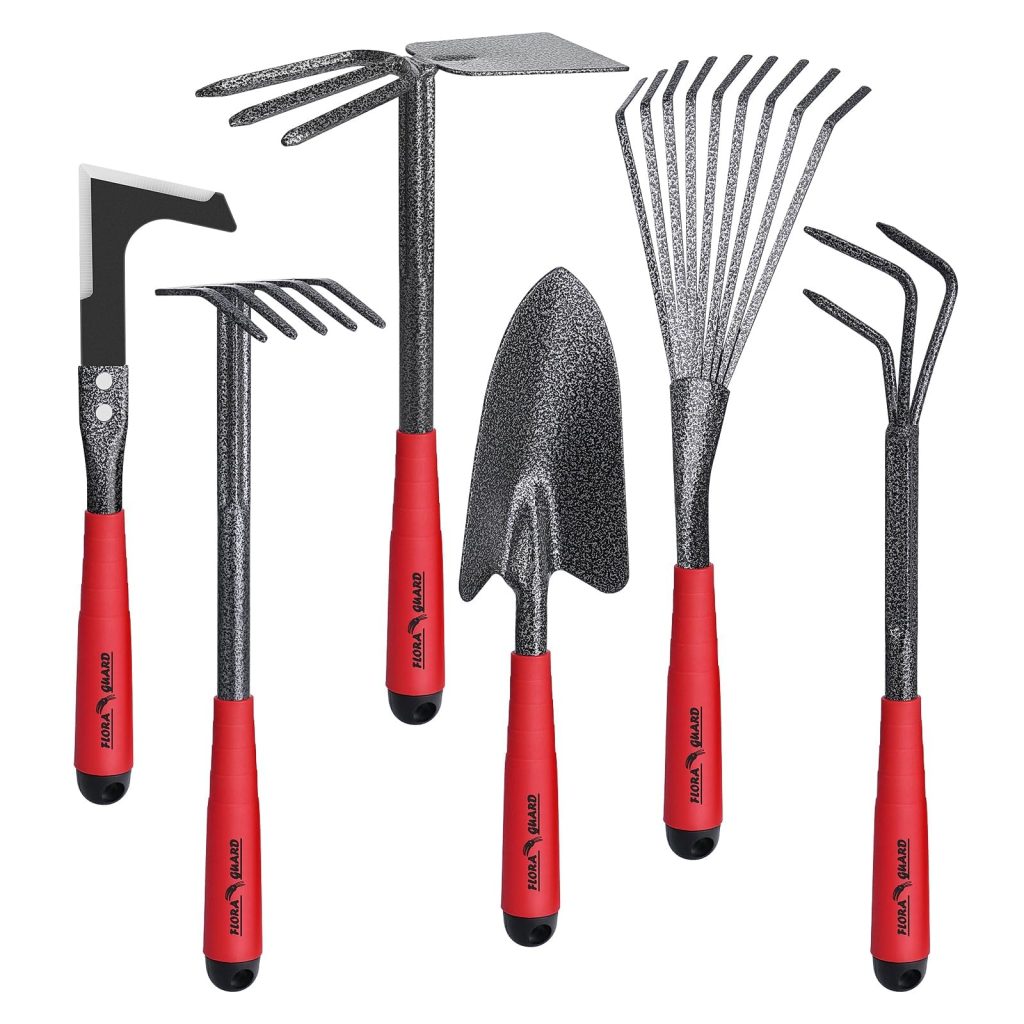
Choosing the Right Spade for Your Garden
what is a spade garden tool? And how to select, Selecting the appropriate spade is crucial to a gardener’s comfort and efficiency. There are various types of spades available, each designed for specific tasks. A border spade, for instance, is smaller and lighter, perfect for gardening in tight spaces or for those who prefer a lighter tool. For tougher jobs, like cutting through sod or compacted soil, a digging spade with a sharpened edge might be necessary. Considering aspects such as blade size, handle length, and material can make all the difference in finding the spade that suits one’s gardening needs.
Proper Use and Techniques
Using a spade correctly can minimize physical effort and prevent injury. The key to proper spade use is in the technique – standing with one’s feet shoulder-width apart for stability, inserting the spade vertically into the soil, and applying force using one’s body weight to drive it down. For digging, a simple footrest on the top of the spade blade can help apply additional force. By using a spade appropriately, gardeners can maximize its effectiveness while maintaining comfort during long gardening sessions.
Maintenance and Care of Garden Spades
For a garden spade to last long and remain effective, regular maintenance is necessary. This includes cleaning the blade after each use to prevent rust and applying oil to protect against moisture. Sharpening the blade periodically ensures it cuts through the soil with minimal resistance. Storing the spade in a dry place will further protect it from weathering and corrosion. With proper care, a garden spade can be a reliable tool for many seasons.
